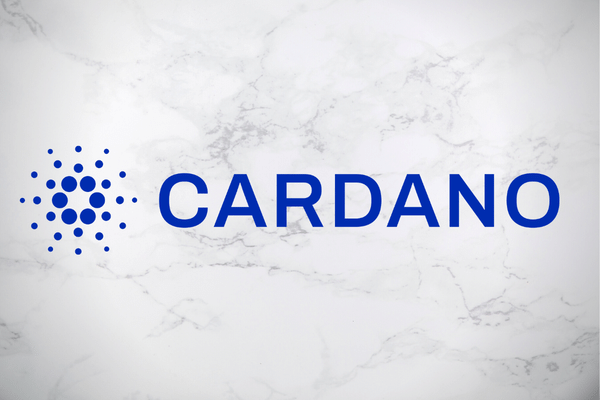
-
As predicted and well-priced in by investors, the U.S. Federal Reserve announced yesterday that it would raise its key federal funds rate above zero, to 0.25%, paving the way for tightening monetary policy, or is it?
-
And some of the Fed’s projections appear more hopeful than prescient, with forecasts showing very little increase in unemployment despite rate hikes for the rest of the year – something that economists say happens very rarely in real life.
There’s never an easy time to be a central banker (perhaps when the dollar was tied to the gold standard it was ever so slightly more straightforward), but this coming period looks to be the most complicated yet.
As predicted and well-priced in by investors, the U.S. Federal Reserve announced yesterday that it would raise its key federal funds rate above zero, to 0.25%, paving the way for tightening monetary policy, or is it?
With headline inflation in the U.S. advancing at its fastest pace in four decades, pressure has been increasing on the Fed to do something about it, in a world that has suddenly become more uncertain than ever.
At a press conference following the rate hike, U.S. Federal Reserve Chairman Jerome Powell signaled that another six more rate hikes could be expected this year, with inflation too high and the labor market overheated, price stability would be a “pre-condition.”
“Pre-condition” to what though?
Previous rate hikes by the Fed have typically presaged a series of rate cuts further on and there are many economists who have suggested that the Fed is likely to raise rates to the point of 2.0% to 2.5% by the end of this year, only to begin cutting them again in 2024.
Powell has reassured the American public that the Fed’s policy tightening won’t tip the economy into recession, but he also had the same assurances that inflation was “transitory” even as prices were rising dramatically.
To be sure, the American economy is in a relatively strong position to absorb rate hikes, and the predictability of the Fed, sticking to its widely-anticipated 0.25% interest rate increase saw markets rally hard yesterday.
But whether the Fed can keep tightening as aggressively as some policymakers have the appetite for is less clear.
Because much of the price pressures that the U.S. economy is facing at the moment have little to do with current monetary policy – supply chain snarls and the Russian invasion of Ukraine – tightening won’t necessarily translate to lower prices overnight.
Walking a tightrope, policymakers face several challenges – tighten too quickly and risk sending the economy into recession but do nothing and price pressures could themselves put a damper on consumption, which makes up some 70% of the U.S. economy.
And some of the Fed’s projections appear more hopeful than prescient, with forecasts showing very little increase in unemployment despite rate hikes for the rest of the year – something that economists say happens very rarely in real life.



